The Handley Page Hermes was a long range British aircraft, powered by four Bristol Hercules 763 engines. It first flew on 2 December 1945 and unfortunately crashed on that very first test flight. After a delay and some redesign, the second prototype took flight on 2 September 1947.
Designed to carry between 40 and 82 passengers up to 5,719km (3,554 miles), the Hermes IV entered service with BOAC on 6 August 1950. This was on the route from London Heathrow to Accra via Tripoli, Kano and Lagos.
Handley Page Hermes Video
Following on from the last video on the Boeing 717, this week we head over to Great Britain for a look at the Handley Page Hermes. This colour production dating from the 1950s runs for just under 12 minutes.
It begins with a train journey and our passengers, who are dressed to the nines, arrive at the airport at 3:15. Shortly after, from about 3:56 they board the plane and eventually land in Paris and are onto another train at 8:30.
The second video above is a short newsreel piece by British Pathé running for 20 seconds. It shows the prototype Hermes in its original tail dragger configuration, which is interesting.
Overall Thoughts
Just 29 Handley Page Hermes aircraft were built, and they operated for only a short time with BOAC, being largely retired by 1952. Independent airlines such as Airwork, Skyways, Britavia and Falcon Airways operated the Hermes after that.
The final flight in commercial service was operated by Air Links on 13 December 1964, with one operated by the military on test work through to 1969. Today there is one fuselage preserved at the Imperial War Museum at Duxford in the UK.
Have you ever flown on board a Handley Page Hermes? What did you think of the videos? Thank you for reading and if you have any comments or questions, please leave them below.
Enjoying the series? Check out the index to all the “Does Anyone Remember…” articles.
Flight reviews your thing? Mine are all indexed here.
Follow me on Facebook, Twitter and Instagram.
Featured image by Alex Christie on Airliners.net.

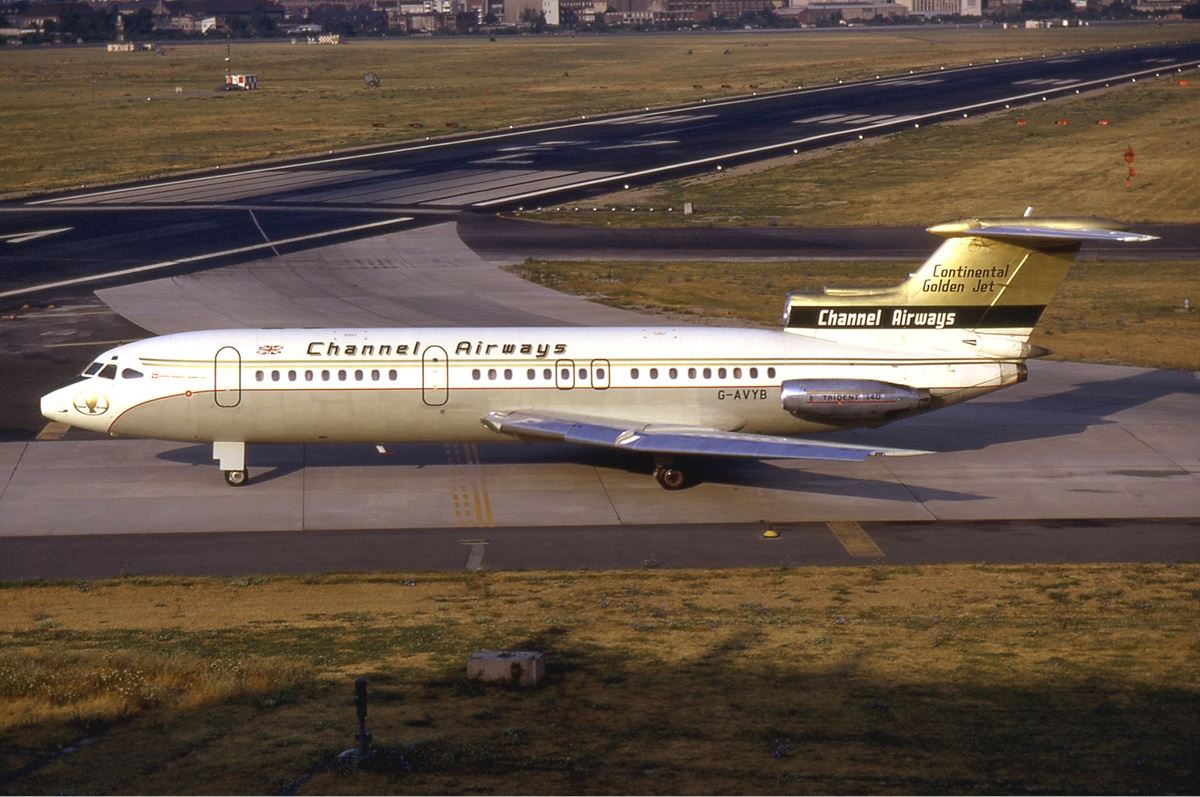
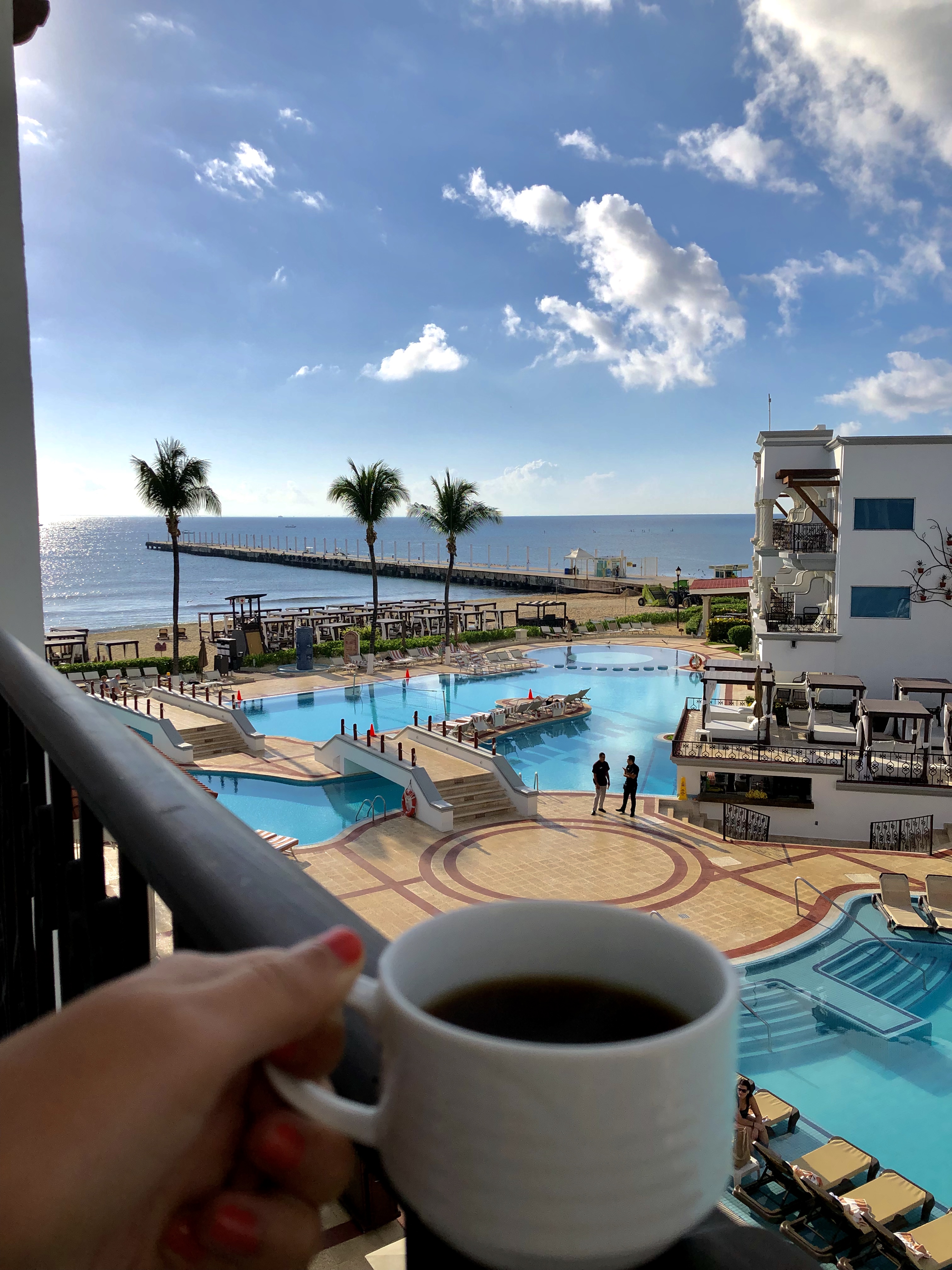

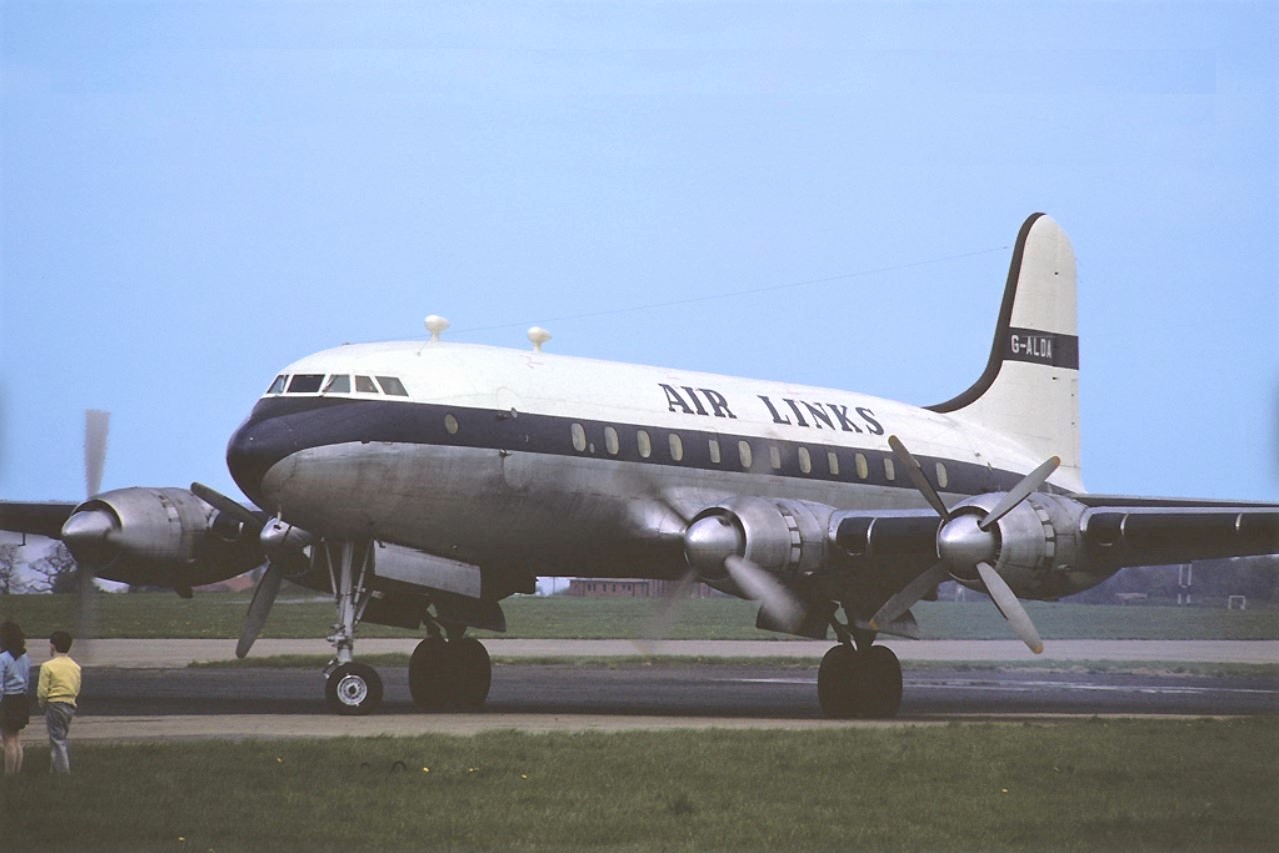
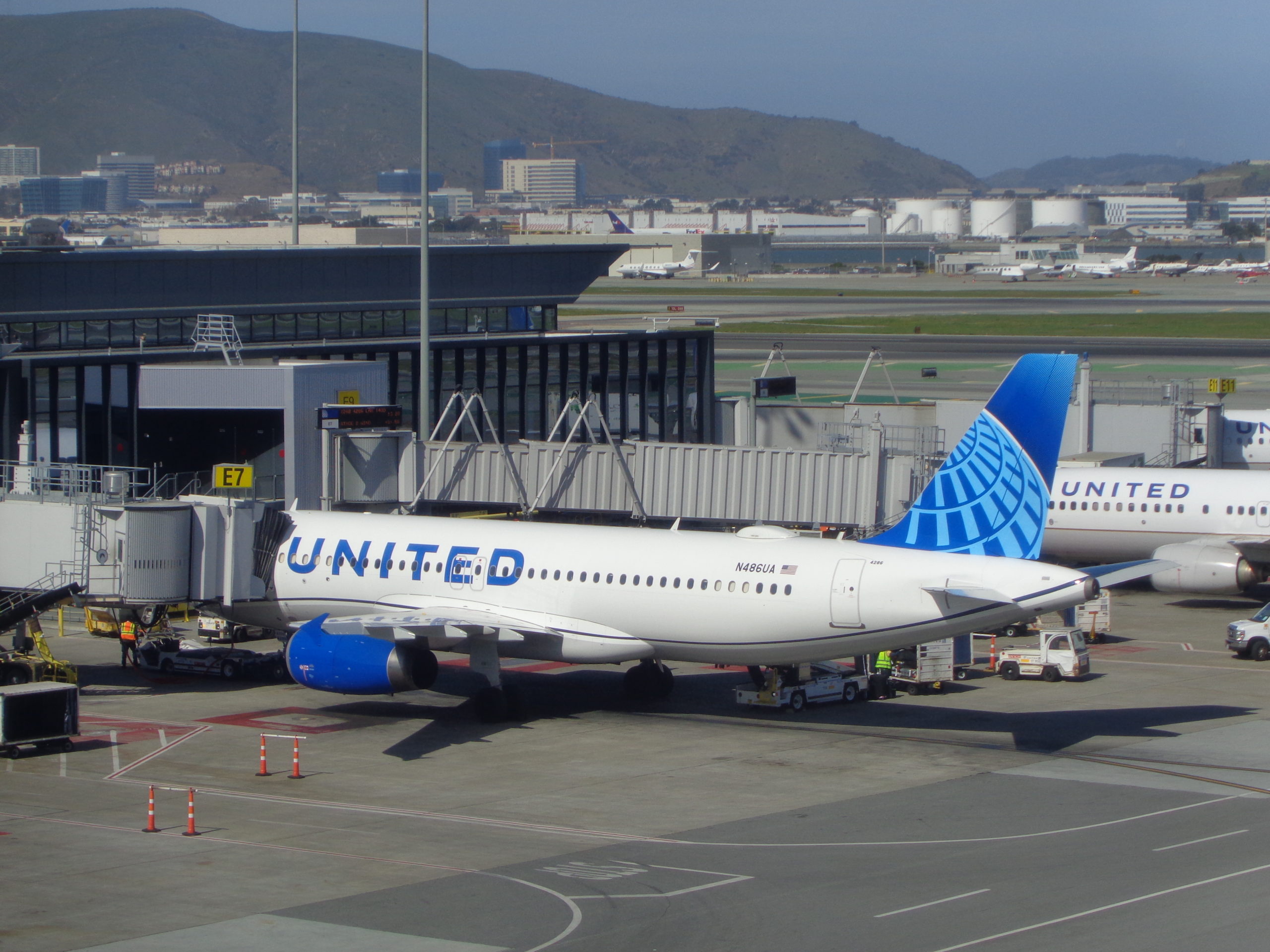
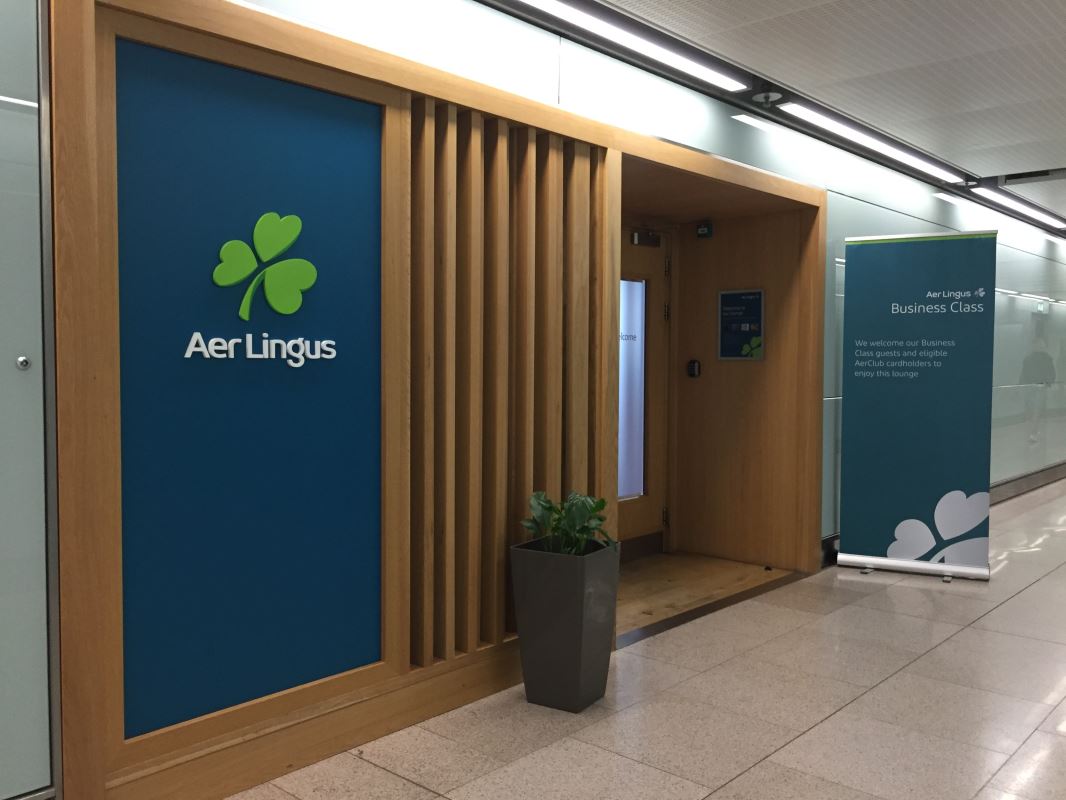

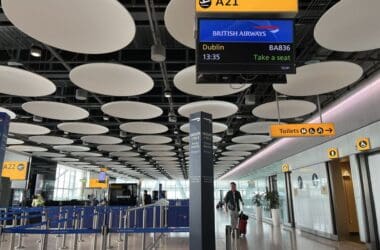
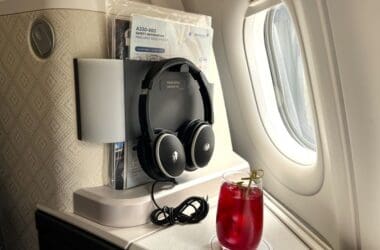
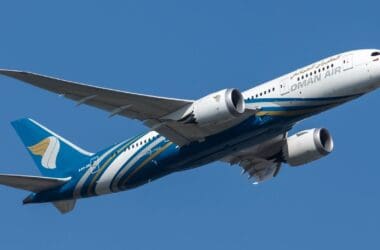
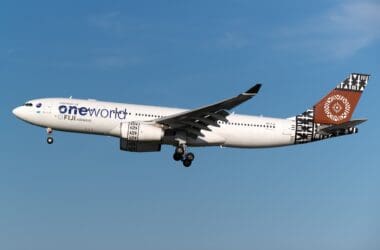
April 1955 I boarded a Sky ways Hermes at Blackbush on an RAF Trooping flight scheduled for Hong Kong, however four and a half days later I was off loaded at Changi,Singapore to join 81 PR Sqdn ,RAF Seletar and completed 3years there on 81 Sqdn.
On the out bound flight first stop was Rome, in those days three stops in India two of which were overnight.
Hermes for trooping was without any refinements, bloody noisy, slow and seats were Canvas hammock style between seat tubing frame.
Returned to UK in April 1958 in a Hermes
Al Taylor
Thanks so much for the comment, it’s really great to hear from someone who actually flew in one and who has described what it was like. Sounds like a marathon trip, which must have felt much longer with those seats and all the noise. Really enjoyed reading that, cheers!
I flew in Britavia Hermes to and from East Africa 1957/58. Britavia had the contract for trooping flights and my Dad was Kings African Rifles. The outward journey was Blackbushe-Benghazi-Khartoum-Entebbe-Nairobi, at which point we swapped onto an East African Airways Dakota (ex-C-47 with the double doors) for the final leg: Nairobi-Tanga-Zanzibar-Dar-es-Salaam. When it was time to return to Blighty the return flight was again Dakota to Nairobi and then Britavia Hermes to Entebbe. At this point one of the engines was declared u/s and we waited most of the day while a spare was airlifted from Nairobi and attached to the wing while we sat and watched! As a result the next leg – to Kano – was during the night and the mother of all electrical storms blew up as we flew over the Congo and French Equatorial Africa. I can clearly remember looking out over the starboard wing, past the exhaust flames of the Hercules engines, as the sky flashed blinding white again and again. When we eventually reached Kano we found out that Air traffic Control had lost all contact and assumed that we’d gone down! Next morning we flew to Malta and thence back to Blackbushe. I loved flying in the Hermes and and clearly remember that the thrum of the four Hercules engines was both exciting and surprisingly soothing. I found it much easier to sleep on that aircraft than I did on the many, many later jets I flew in (as a lifelong traveller I have notched up a total of 1.45 million flying miles!) There were no in-flight announcements in those days: instead, a card was passed around and for those of you who might be interested I’ve attached a copy of one of these. Happy, happy memories!
Wow, so many stops to get to where you needed to go! Certainly different to today, though I guess that depends on how obscure the destination might be. I would have to say it all sounds rather more exciting than today as well, though I am sure sitting around all day waiting for an engine change can’t have been too relaxing. At least they seem to have completed that swiftly. Thank you for sharing those memories, I enjoyed the read – not to mention seeing that flight card! I love seeing things like that. Appreciate the time you took putting all that together so thanks again!
In 1961, aged 5 years, I flew from Woolsington, Newcastle, to Palma, Majorca, on Hermes 1V, G-ALDA, which was operated by Air Safaris. I remember that we stopped to re-fuel en route to Spain, but I have no idea where. When it came to the return journey, we ended up being delayed for 12 hours at Palma, on account of an engine failure having occurred, and, being an Aviation nut, it was manna from heaven for me. In those days, Security was virtually non-existent, and my dad and I spent much of the time wandering, unhindered, round the airfield, watching planes starting up, taking off and landing. The awe-inspiring sound, smoke and smell of big radial piston engines at close quarters, was, to the 5 year-old me, a true marvel. At one point in the day, dad and I wandered into a maintainence hanger, where a Douglas Dakota was in the process of having an engine changed. A very friendly Spanish Mechanic showed us round the plane, and also took us to have a look at an engine which was being stripped down (no idea what it was, but I remember it being a single row radial type). Happy memories, and there is no way, what with modern day Security, let alone Health and Safety that one would be able to wander so freely round an airport today.
I envy people like you who got to experience aviation before it became filled with security and fear. Sounds like a wonderful time you had on that trip and I really enjoyed reading your memories there. Thanks for taking the time to do that, it makes all the writing worthwhile when I get back comments like yours. Appreciate it!
As a young child I flew on BOACs Hermes several times first between London and Lagos, (via Tripoli and Kano) where it took over from the unpressurised Yorks and later from London to Nairobi. After the York it was popular though at times unreliable. The cabin was spacious, with a nod towards Art Deco and at least on a par with the Constellation. It was also quieter than the Argonaut, its Merlin powered successor. In BOAC service it was limited to the African routes, never venturing further east than Aden. It served Johannesburg via a West African route and East (Entebbe, Nairobi, Dar es Salaam via Rome, Cairo, Khartoum or, for a while Aden.
After the introduction of Tourist Class circa 1952 some continued to fly in First Class (40 seats?) and some in Tourist (54 seats?). Apart from the also short lived DC7C none of BOAC’s piston engined aircraft flew in a mixed class configuration.
Interesting to read your first hand experience with the Hermes. I’ll have to check out some cabin shots there. I had heard that the Argonaut was very noisy as the Merlin was hardly a quiet engine. Great info there, so I appreciate you taking the time to share that (fixed the typos for you too!). Thanks very much!
I flew to Spain in 1961 on the Air Safaris Hermes based at Newcastle Airport. We drove from Rochdale to Newcastle in my father’s rare 1957 Morris Isis series 2 and flew to Spain to stay at Tossa De Mar. We landed at Barcelona airport and had a long winding trip to the resort in a petrol engined Austin coach. The flight back was interrupted as we took off from Barcelona and then landed at Gerona due to a fault with the plane. After about a 3 hour wait we took off and landed safely at Newcastle Airport which was basically a set of old sheds ! It was my first ever flight on a plane never to be forgotten !
Now that sounds like some adventure all round!! Rare cars and rare planes. Clearly you remember it well and so you should, a first flight usually is. Thanks so much for that, enjoyed the read!
Totally forgot about that one. Reminds me of a DC-6 with a “British” nose, similar to the Britannia and dare I say the VC-10. With all the competing British design firms in that era, I wonder if nationalizing/merging the primary companies post-war would have resulted in greater British commercial aircraft success? So many designs of that era seem to have been tailored to BEA/BOAC’s specs with so few finding much demand outside of the UK and the Commonwealth. Certainly many opportunities missed.
Yes, many different manufacturers and everyone doing something different. They eventually did nationalise and merge everything into the British Aircraft Corporation, but that was done in the 1960s. Perhaps it should have been much, much earlier. Makes for an interesting story anyway!